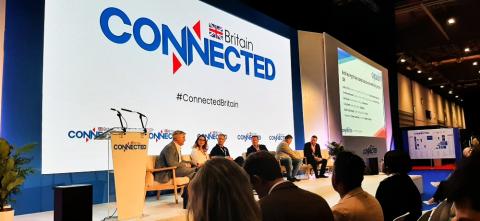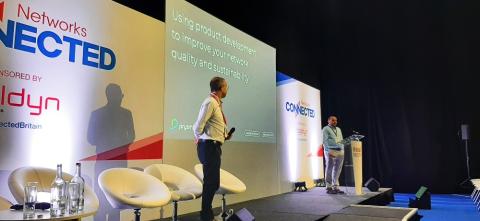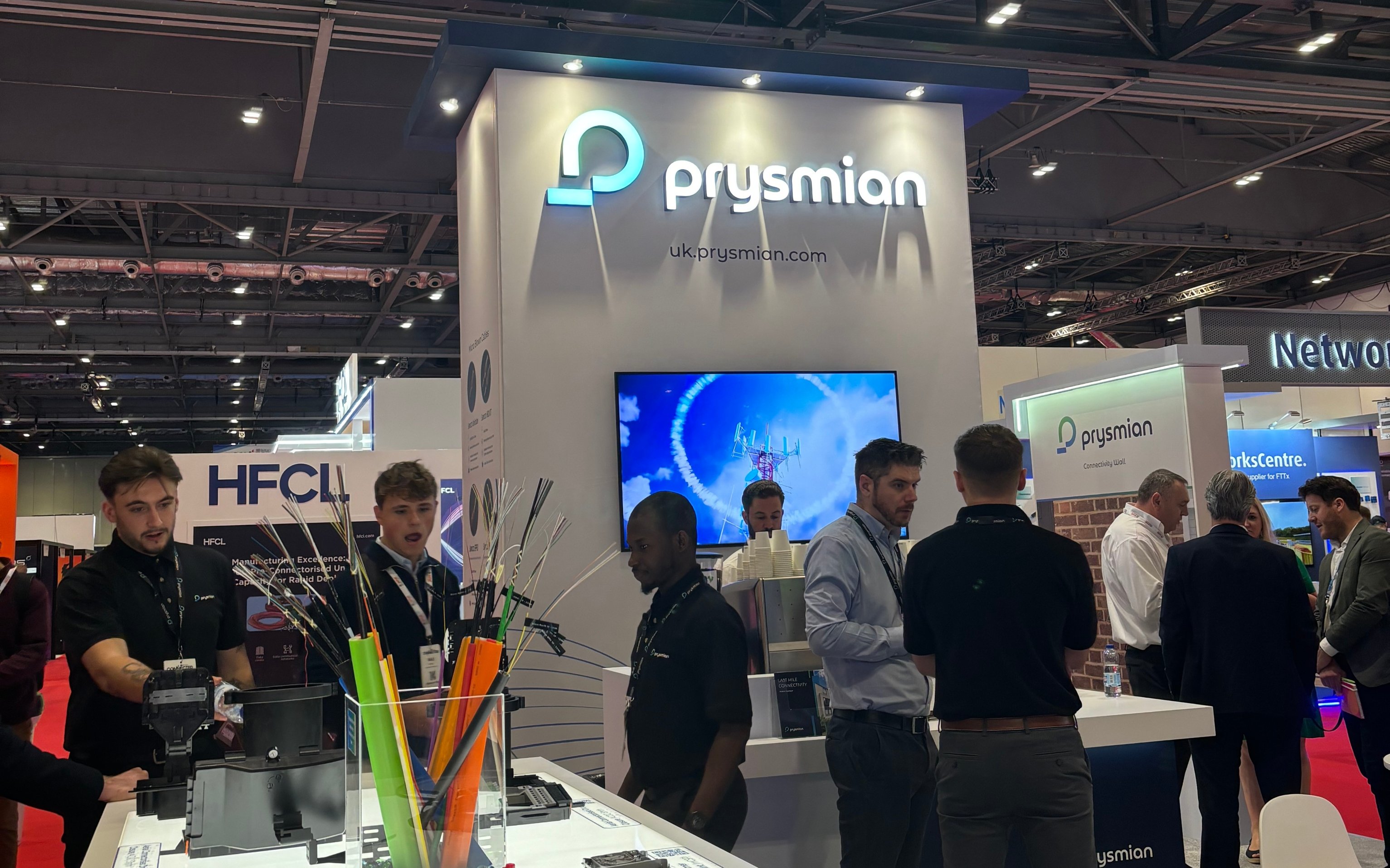Connected Britain 2024: The Highlights and Key Takeaways
A round-up of the highlights and key takeaways from the annual event at London ExCel.
Thousands attended this year’s Connected Britain event, which saw experts in the field of telecoms and connectivity discuss the latest issues, challenges and innovations in the UK market. Here’s what we learned from the two-day extravaganza.
Collaboration is key
One of the biggest buzzwords at this year’s event was collaboration. The overall feeling in the industry is that in order to advance digital connectivity, there needs to be greater collaboration between central government, local authorities, and other industries. There are calls for changes in policymaking and for planning reform to encourage more collaboration, which will help the UK achieve its full fibre rollout target.
Industry leaders also highlighted that collaboration at the planning stage will allow future-ready digital infrastructure to be built. This was highlighted by Frederick Persson, Executive Vice President, Digital Solutions at Prysmian during a keynote panel discussion looking at how the UK can achieve universal fibre coverage. One of the points he highlighted was the continuing innovation of cables, which are getting smaller and more compact, and as a result, there needs to be flexibility to accommodate future systems.

Image: Frederick Persson (centre right) at the panel discussion ‘Achieving truly ubiquitous connectivity in the UK.’
Innovation should be prioritised
In order to keep the telecoms connectivity industry moving and growing, many felt that there needs to be continuous investment in innovation. Again, collaboration is crucial in driving innovation in the industry, this includes developing new products to meet the demands of the market.
Prysmian’s Kris Roberts, Global Product Development Manager – Connectivity was joined onstage by Tom Boswell, Senior Engineering and Innovation Manager at Openreach, where they presented their case study on the development of the customer premises product Mini CSP. Following customer feedback, Prysmian worked with Openreach to develop a product that was smaller, more compact, and quicker to install. This meant less packaging was used, so more could be stacked into vans, reducing the number of trips made – which led to a reduction in carbon emissions.

Image: Kris Roberts (right) and Tom Boswell (left) on stage at Theatre 6 for their presentation ‘Using product development to improve your network quality and sustainability.’
The power of AI
There was no escaping the topic of AI at this year’s conference, which wasn’t surprising. Experts quizzed on the subject supported the use of AI in telecommunications – providing it’s used properly. AI has the potential to transform much of the industry from finding and resolving potential problems in the network before there’s an outage, to identifying the best areas to either lay fibre optics or upgrade 5G cells. By using AI in the most effective way possible, experts are hopeful that it can save time, reduce costs and optimise resources while getting everyone connected faster, and improve the connectivity that’s already in place.
Consolidation of alt-nets
Discussion around the consolidation of alt-nets continued. Despite a strong expansion in 2023, alt-nets have raised significantly lower funds this year compared to the last. This is being blamed on higher network construction costs and the prolonging of higher interest rates earlier in the year. Experts have said that further consolidation is needed to make the sector more sustainable, however, it’s increasingly looking like the alt-nets could all be taken up by the major network providers, as too many alt-nets are chasing after less money.
Dawn of a new era?
Finally, there was a general feeling of optimism about the new Government and the direction it’s taking in terms of digital connectivity. Although there was a wisp of caution in the air, several experts said that they were feeling more optimistic and are more hopeful of change in the industry. Some have already noticed more conversations happening with the current government, than the previous one. It’s still early days and it will be interesting to see if the level of optimism is still the same at next year’s event…



